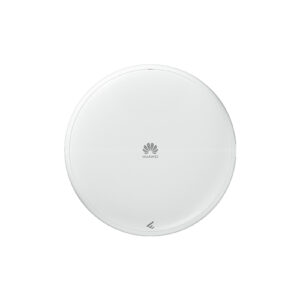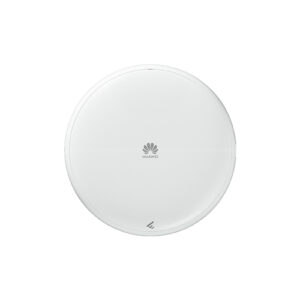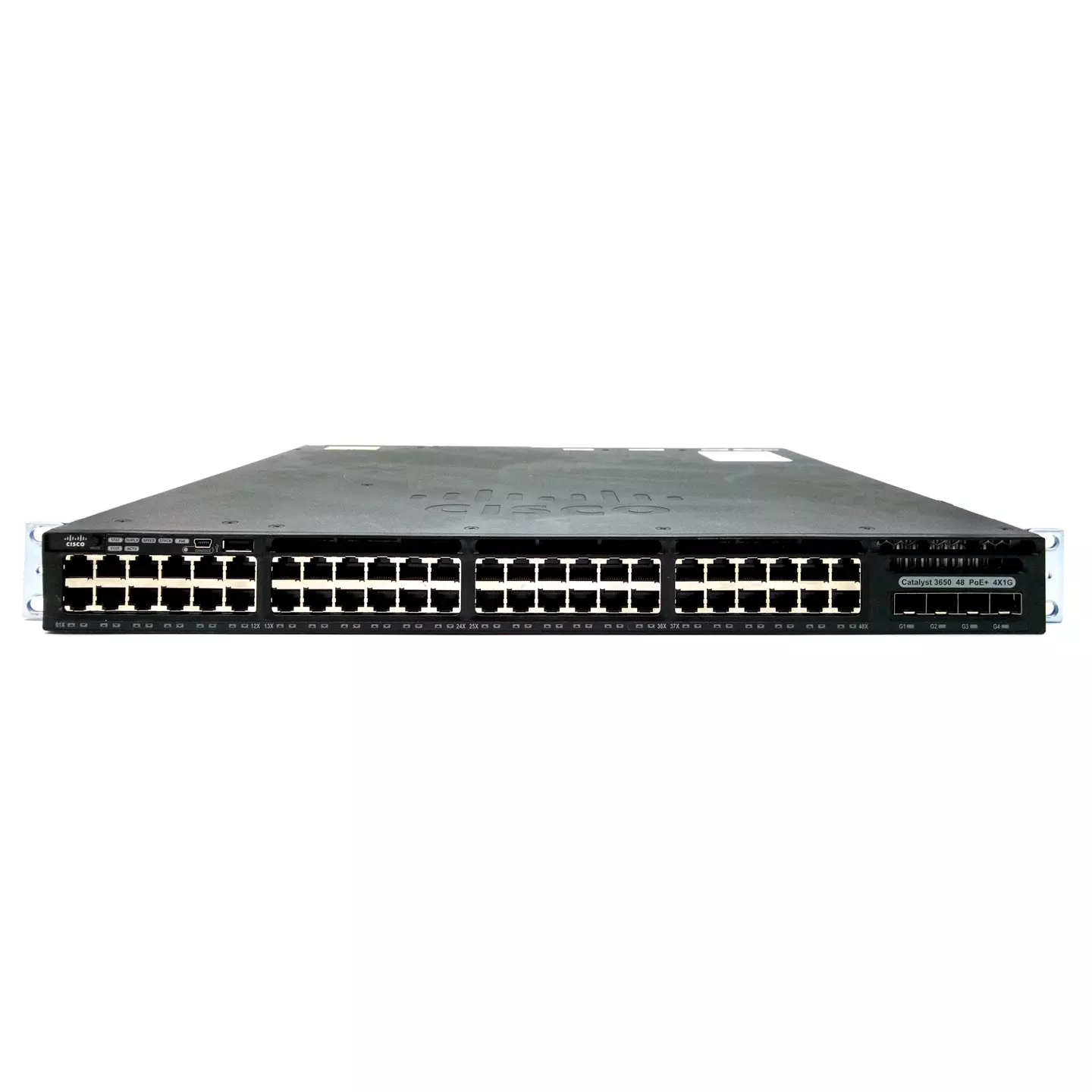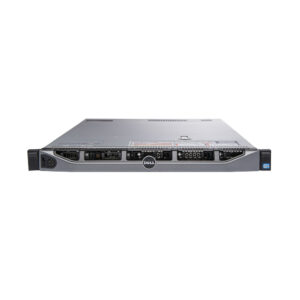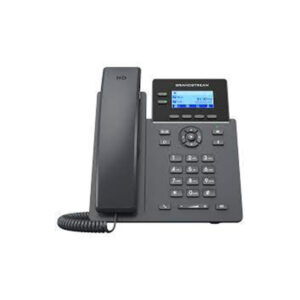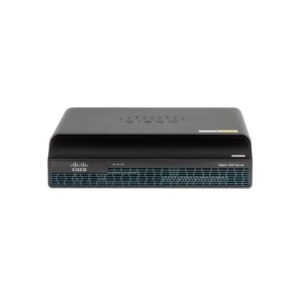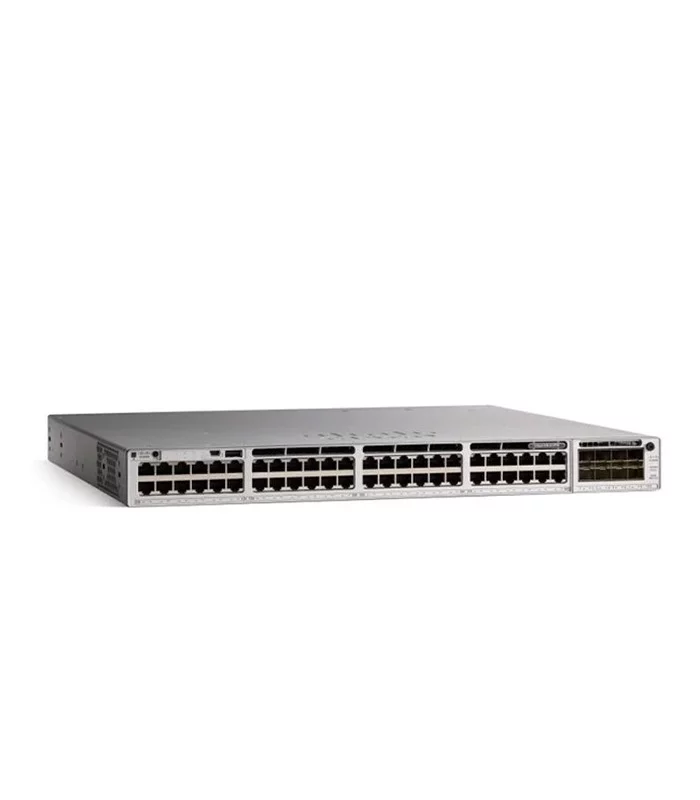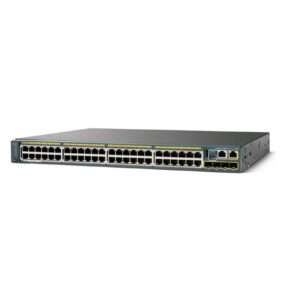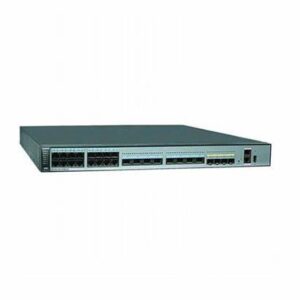-
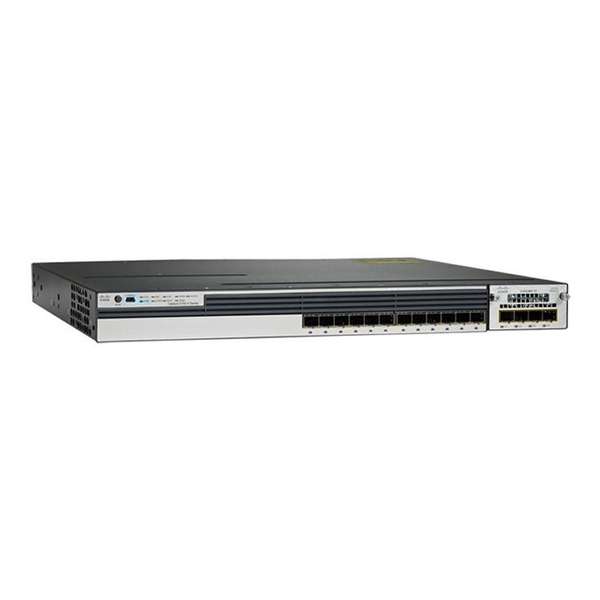
-

Cisco Catalyst 3850 48-Port PoE+ Switch with 2x 10G SFP+ Uplinks | WS-C3850-48FP-S
EGP9,000.00EGP9,000.00× -
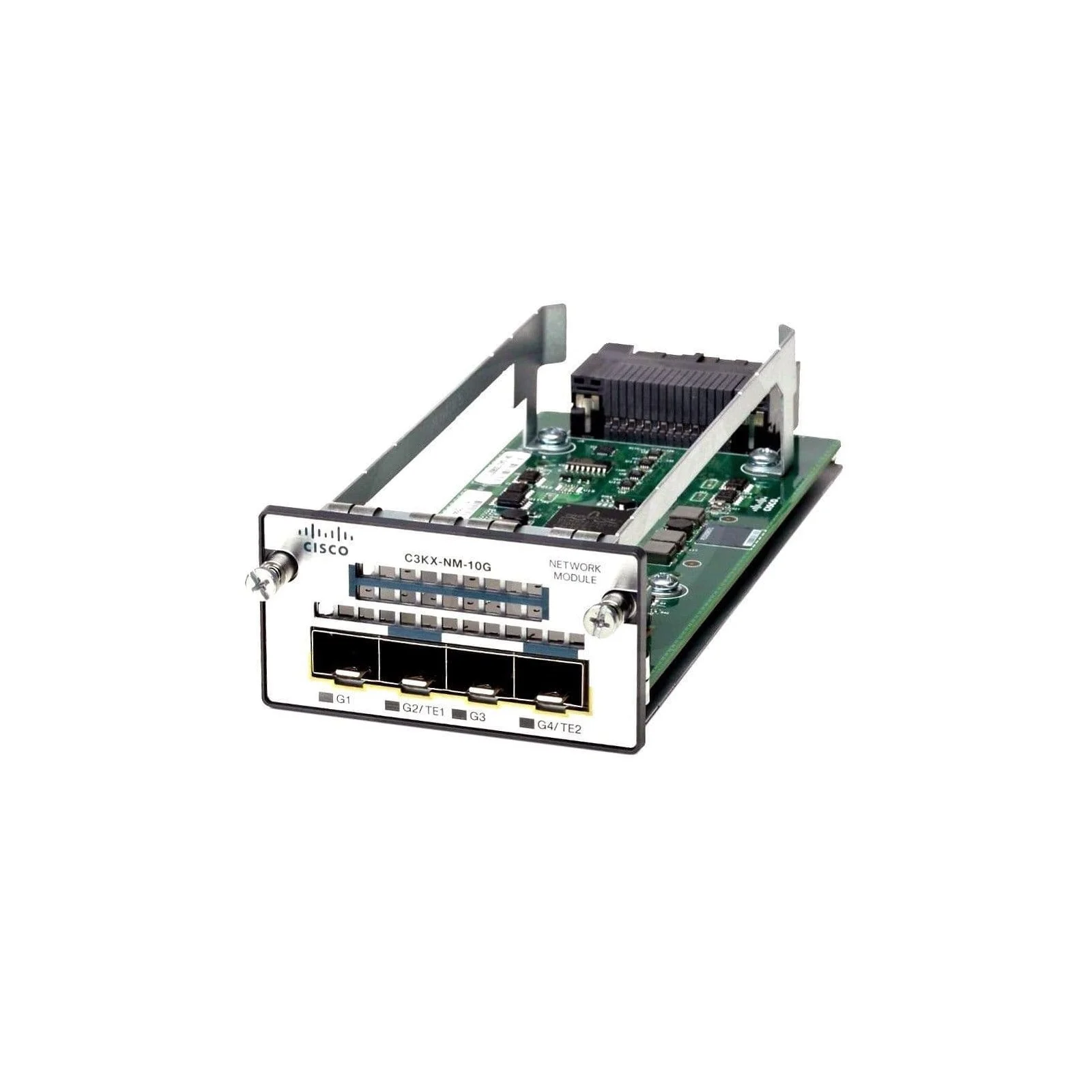
-
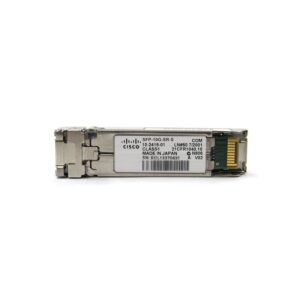
Cisco Catalyst Switch 3650 48 Port 1G PoE+ Uplink 4x 1G SFP
The Cisco 3650 Switch offers **Layer 3** functionality with **48 Gigabit Ethernet ports** and **Power over Ethernet (PoE)**. Ideal for enterprise networks in Egypt, this high-performance switch is designed for scalability and reliability.
EGP6,000.00
Buy Now**Cisco 3650 Switch – Layer 3, Power over Ethernet (PoE), 48 Ports**
The **Cisco Catalyst 3650 Switch** is an enterprise-grade **Layer 3 switch** that provides advanced **networking functionality** for growing businesses. With **48 Gigabit Ethernet ports** and **PoE (Power over Ethernet)** capabilities, this switch is perfect for powering your **IP phones**, **wireless access points**, and other PoE-enabled devices while ensuring high-speed connectivity across your network.
**Key Features**:
– **Layer 3 Routing**: Provides advanced routing capabilities for enterprise-level networks.
– **48 Gigabit Ports**: Connect multiple devices with high-speed Gigabit Ethernet.
– **Power over Ethernet (PoE)**: Powers devices such as IP phones and cameras directly from the switch.
– **Scalable**: Cisco StackWise technology allows for stacking multiple switches for expanded network growth.
– **Enhanced Security**: Built-in features for secure, reliable network performance.
– **High Availability**: Designed to minimize downtime with advanced redundancy options.
**Why Choose Cisco 3650 Switch?**:
– **Powerful Performance**: This switch supports high-demand applications and ensures smooth network performance.
– **PoE**: Reduce the need for additional power supplies for your PoE devices.
– **Scalability**: Easily scale your network infrastructure as your business grows.
**Who Should Buy?**:
– Businesses looking for reliable, scalable **network switches**.
– Companies that need **PoE support** for IP devices.
– Enterprises requiring **Layer 3 functionality** for advanced routing and network management.
**Why Buy From ProSolutions?**:
– **Fast Delivery in Egypt**: Get your **Cisco 3650 Switch** quickly and securely.
– **Local Support**: ProSolutions offers dedicated support to help you set up and manage your network equipment.
– **Customized Solutions**: Get tailored solutions to meet your unique networking needs.
Order the **Cisco 3650 Switch** today and improve your network performance with **Cisco’s trusted technology**.
Your custom content goes here. You can add the content for individual product




